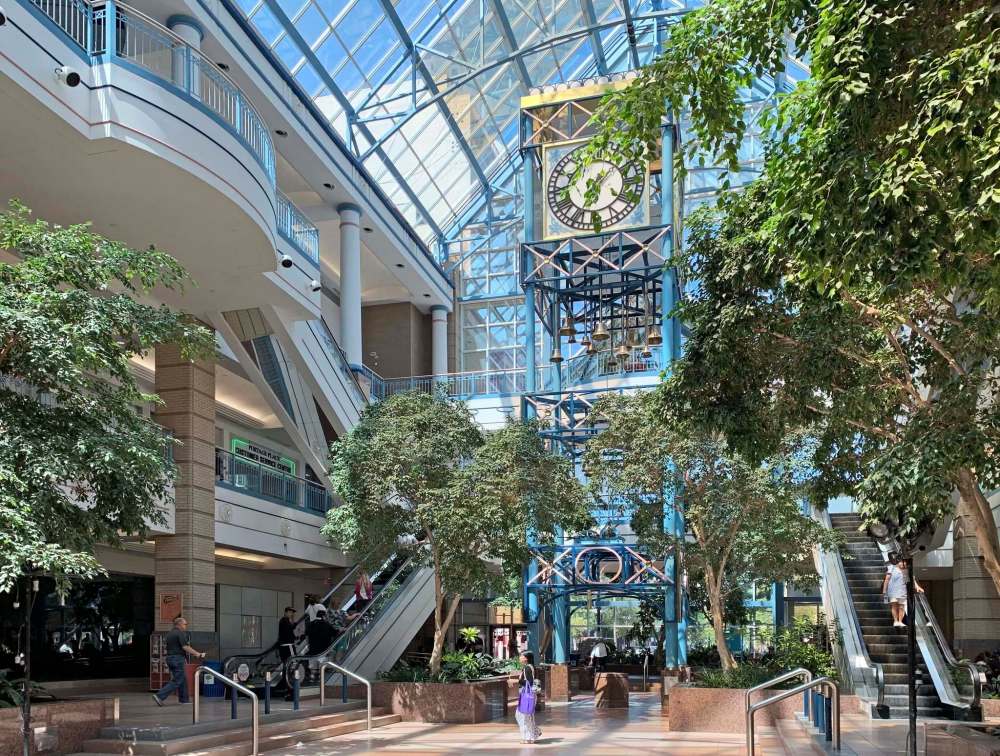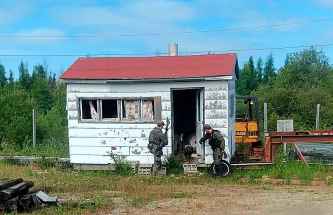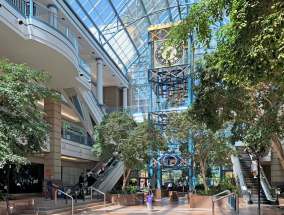New possibilities for Portage Place
Read this article for free:
or
Already have an account? Log in here »
To continue reading, please subscribe:
Monthly Digital Subscription
$0 for the first 4 weeks*
- Enjoy unlimited reading on winnipegfreepress.com
- Read the E-Edition, our digital replica newspaper
- Access News Break, our award-winning app
- Play interactive puzzles
*No charge for 4 weeks then price increases to the regular rate of $19.00 plus GST every four weeks. Offer available to new and qualified returning subscribers only. Cancel any time.
Monthly Digital Subscription
$4.75/week*
- Enjoy unlimited reading on winnipegfreepress.com
- Read the E-Edition, our digital replica newspaper
- Access News Break, our award-winning app
- Play interactive puzzles
*Billed as $19 plus GST every four weeks. Cancel any time.
To continue reading, please subscribe:
Add Free Press access to your Brandon Sun subscription for only an additional
$1 for the first 4 weeks*
*Your next subscription payment will increase by $1.00 and you will be charged $16.99 plus GST for four weeks. After four weeks, your payment will increase to $23.99 plus GST every four weeks.
Read unlimited articles for free today:
or
Already have an account? Log in here »
Hey there, time traveller!
This article was published 29/07/2019 (2324 days ago), so information in it may no longer be current.
In the late 1980s, Winnipeg’s Portage Avenue was struggling. A shopping trip on a Saturday afternoon no longer meant heading downtown, as people became attracted to new suburban malls that could offer climate-controlled environments and oceans of free parking.
The strategy to curb this trend in Winnipeg, as in many North American cities, was to try to beat the suburbs at their own game. In 1987, three blocks of Portage Avenue were expropriated and demolished to make way for an upscale new shopping centre called Portage Place.
As mega-projects go, this one appeared to have all the ingredients for success. It was a model for the urbanist catch phrase “mixed-use development,” but like most silver-bullet mega-projects, its success never reached its promise.
The shoppers stayed in the suburbs, and for more than three decades, Portage Place has struggled to find its role in the city’s retail landscape.
A complex ownership arrangement, in which the land and parkade are controlled publicly and the building is owned privately, has compounded the challenge, making investment and redevelopment difficult.
This might soon change. Toronto-based Starlight Investments has made an offer to purchase both the land and building, presenting an opportunity at long last to step back and holistically reconsider the mall’s role in the fabric of the city.
With such a dominant presence on its largest street, downtown Winnipeg will never reach its full potential until Portage Place is successful, making this change a possible stepping stone for the city’s future.
The failure of Portage Place was that it relied exclusively on attracting a transient suburban population, and the limited success it has shown in recent years has been as a support to the local residential and office population.
Future economic success for the building likely means enhancing this support by broadening its target market to include permanent residents of downtown and surrounding neighbourhoods, complemented by, but not primarily focused on, suburban visitors.
The area around Portage Place has changed since 1987, offering potential for this strategy to find success. A busy arena that brings thousands of people downtown many nights per year has been the catalyst for an expanded convention centre, True North Square and Centrepoint developments.

The University of Winnipeg has expanded its footprint, and the Central Park and West End neighbourhoods are home to fast-growing residential communities. These all present a growing market for Portage Place to focus its services on.
Starlight’s plans have not yet been unveiled, but there have been hints that they might complete the originally planned highrise towers at each end of the mall, potentially including student housing and services.
This could be an important complement to a local population that is already high-density and socially and economically diverse — critical ingredients to creating safe, prosperous and vibrant urban neighbourhoods.
Many cities across North America are successfully using student housing as a means of increasing diversity in urban renewal strategies.

At more than 40,000 square metres (400,000 square feet), the sheer size of the mall has limited its ability to evolve with the changing trends in downtown as other areas have.
A rethink of its purpose might include breaking the building down into smaller functional pieces, potentially with different entrances that make more direct physical connections to the surrounding neighbourhoods.
A reconfiguration could crack open the building’s fortress-like presence on the street, by reopening the retail spaces along Portage Avenue and allowing the building to re-engage with its surroundings to promote pedestrian activity on the sidewalks, which is critical for improving safety, vibrancy and commercial growth.
All three levels of government must approve the sale of the land and parkade and, during the process, there have been concerns raised that new ownership might look to maximize profitability and diminish the mall’s role as a community amenity, particularly the busy food court that has become an important meeting place.
The mall does fill a social need for the community, but it is not a true public space. The numerous security guards, and signs forbidding people from sitting on the planters designed for sitting on, are evidence that it is privately owned space. That could change at any time, with or without a sale.
The debate doesn’t have to be between profitability and community space, however — they go hand in hand. People are attracted to great public space and economic activity is created by people. Any redevelopment of Portage Place will certainly be designed to attract as many visitors as possible, and the people most likely to visit regularly will be those who live and work in the area.
A successful Portage Place will necessarily be a successful space for the public, even if that means changing what it currently is.
Any redevelopment of Portage Place will certainly be designed to attract as many visitors as possible, and the people most likely to visit regularly will be those who live and work in the area.
If, in the end, a redeveloped Portage Place leaves a gap in the social structure of the neighbourhood, it can be filled with the development of true public space, designed specifically for the needs of the community, such as a neighbourhood library or a community club. This could even happen as part of the redeveloped building.
Few would suggest that change isn’t welcome, but to consider Portage Place a complete failure is a mischaracterization.
New ownership presents the opportunity to revisit what hasn’t worked, and to enhance what has. It brings the potential to redefine what the building is, how it physically interacts with the city and the services it provides.
Viewed through a new lens, Portage Place could become the community hub that residents hope for — one that enhances and brings the diverse downtown neighbourhoods together, making them even stronger.
Brent Bellamy is senior design architect for Number Ten Architectural Group.

Brent Bellamy is senior design architect for Number Ten Architectural Group.
Our newsroom depends on a growing audience of readers to power our journalism. If you are not a paid reader, please consider becoming a subscriber.
Our newsroom depends on its audience of readers to power our journalism. Thank you for your support.



















